
Brian Wilson Aldiss was an English writer, artist and anthology editor, best known for science fiction novels and short stories. His byline reads either Brian W. Aldiss or simply Brian Aldiss, except for occasional pseudonyms during the mid-1960s.
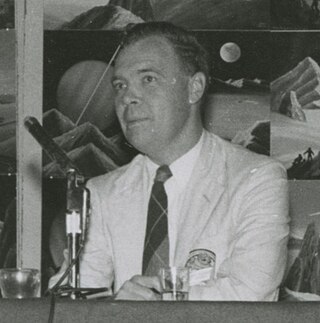
Harry Clement Stubbs, better known by the pen name Hal Clement, was an American science fiction writer and a leader of the hard science fiction subgenre. He also painted astronomically oriented artworks under the name George Richard.
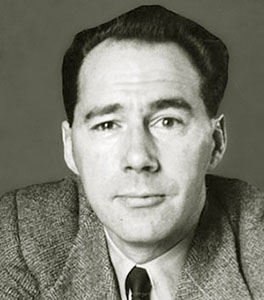
John Wyndham Parkes Lucas Beynon Harris was an English science fiction writer best known for his works published under the pen name John Wyndham, although he also used other combinations of his names, such as John Beynon and Lucas Parkes. Some of his works were set in post-apocalyptic landscapes. His best known works include The Day of the Triffids (1951), filmed in 1962, and The Midwich Cuckoos (1957), which was filmed in 1960 as Village of the Damned, in 1995 under the same title, and again in 2022 in Sky Max under its original title.
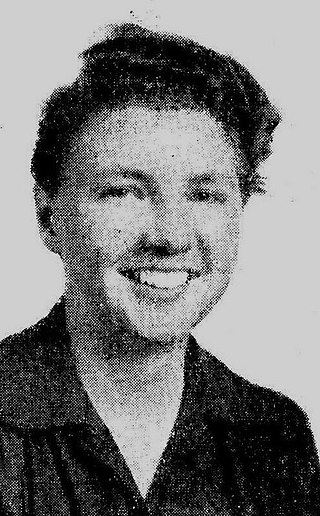
Leigh Douglass Brackett was an American science fiction writer known as "the Queen of Space Opera." She was also a screenwriter, known for The Big Sleep (1946), Rio Bravo (1959), and The Long Goodbye (1973). She worked on an early draft of The Empire Strikes Back (1980), elements of which remained in the film; she died before it went into production. In 1956, her book The Long Tomorrow made her the first woman ever shortlisted for the Hugo Award for Best Novel, and, along with C. L. Moore, one of the first two women ever nominated for a Hugo Award. In 2020, she posthumously won a Retro Hugo for her novel The Nemesis From Terra, originally published as Shadow Over Mars.
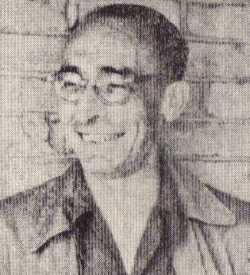
Edmond Moore Hamilton was an American writer of science fiction during the mid-twentieth century.
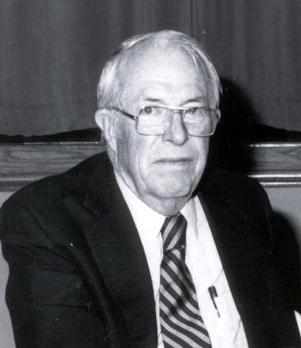
John Stewart Williamson, who wrote as Jack Williamson, was an American science fiction writer, one of several called the "Dean of Science Fiction". He is also credited with one of the first uses of the term genetic engineering. Early in his career he sometimes used the pseudonyms Will Stewart and Nils O. Sonderlund.
Tom Godwin was an American science fiction author active throughout the 1950s into the 1970s. In his career, Godwin published three novels and around thirty short stories. He is best known for his short story, "The Cold Equations". Published in 1954, the short story was Godwin’s fourth work to be published and was one whose controversial dark ending helped redefine the genre.
"Common Time" is a science fiction short story by American writer James Blish. It first appeared in the August 1953 issue of Science Fiction Quarterly and has been reprinted several times: in the 1959 short-story collection Galactic Cluster; in The Testament of Andros (1965); in The Penguin Science Fiction Omnibus (1973); and in Isaac Asimov Presents the Great SF Stories.
Eando Binder is a pen name used by two mid-20th-century science fiction authors, Earl Andrew Binder (1904–1966) and his brother Otto Binder (1911–1974). The name is derived from their first initials (E and O Binder). Under the Eando name, the Binders wrote some published science fiction, including stories featuring a heroic robot named Adam Link. The first Adam Link story, published in 1939, is titled "I, Robot".

The Best of John Wyndham is a paperback collection of science fiction stories by John Wyndham, published after his death by Sphere Books, first in 1973. Michael Joseph Limited has published the book as a hardcover under the title The Man from Beyond and Other Stories in 1975. For the 1977 Sphere paperback edition it was split into two parts, both containing the full bibliography and the introduction by Leslie Flood.

Ellen Klages is an American science, science fiction and historical fiction writer who lives in San Francisco. Her novelette "Basement Magic" won the 2005 Nebula Award for Best Novelette. She had previously been nominated for Hugo, Nebula, and Campbell awards. Her first (non-genre) novel, The Green Glass Sea, was published by Viking Children's Books in 2006. It won the 2007 Scott O'Dell Award for Historical Fiction. Portable Childhoods, a collection of her short fiction published by Tachyon Publications, was named a 2008 World Fantasy Award finalist. White Sands, Red Menace, the sequel to The Green Glass Sea, was published in Fall 2008. In 2010, her short story "Singing on a Star" was nominated for a World Fantasy Award. In 2018 her novella Passing Strange was nominated for the Mythopoeic Fantasy Award for Adult Literature.
Pamela Sargent is an American feminist, science fiction author, and editor. She has an MA in classical philosophy and has won a Nebula Award.
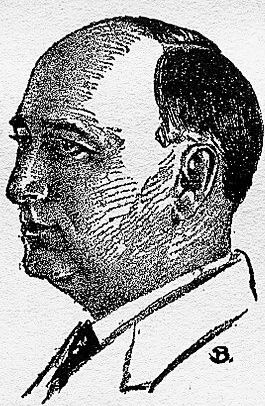
David Henry Keller was an American writer who worked for pulp magazines in the mid-twentieth century, in the science fiction, fantasy, and horror genres. He was also a psychiatrist and physician to shell-shocked soldiers during World War I and World War II, and his experience treating mentally ill people is evident in some of his writing, which contains references to mental disorders. He initially wrote short stories as a hobby and published his first science fiction story in Amazing Stories in 1928. He continued to work as a psychiatrist while publishing over sixty short stories in science fiction and horror genres. Technically, his stories were not well-written, but focused on the emotional aspects of imaginative situations, which was unusual for stories at the time.

No Place Like Earth (ISBN 978-0-9740589-0-0) is a collection of science fiction stories by British writer John Wyndham, published in July 2003 by Darkside Press.
John Raymond Brosnan was an Australian writer of both fiction and non-fiction works in the fantasy and science fiction genres. He was born in Perth, Western Australia, and died in South Harrow, London, from acute pancreatitis. He sometimes published under the pseudonyms Harry Adam Knight, Simon Ian Childer, James Blackstone, and John Raymond. Three movies were based on his novels–Beyond Bedlam, Proteus, and Carnosaur. In addition to science fiction, he also wrote a number of books about cinema and was a regular columnist with the popular UK magazine Starburst and comic 2000 AD. Liverpool University holds a collection of his work consisting of both published material and drafts.
Pauline Whitby was a British science fiction author who wrote under the pseudonym Pauline Ashwell. She also wrote under the name Paul Ash. She took her pen names from Ashwell, Hertfordshire, near her birthplace of Hatfield, Hertfordshire.
David R. George III is an American science fiction writer. His earliest Star Trek work was the Star Trek: Voyager episode "Prime Factors", and he has since written several novels set in the franchise, including The 34th Rule, three books of the Star Trek: Typhon Pact miniseries and the first book of Star Trek: The Fall.
The year 1929 was marked, in science fiction, by the following events.

The Best of Raymond Z. Gallun is a collection of science fiction short stories by American author Raymond Z. Gallun, edited by J. J. Pierce. It was first published in paperback by Del Rey/Ballantine in August 1978 as a volume in its Classic Library of Science Fiction.

Space travel, or space flight is a classic science-fiction theme that has captivated the public and is almost archetypal for science fiction. Space travel, interplanetary or interstellar, is usually performed in space ships, and spacecraft propulsion in various works ranges from the scientifically plausible to the totally fictitious.












